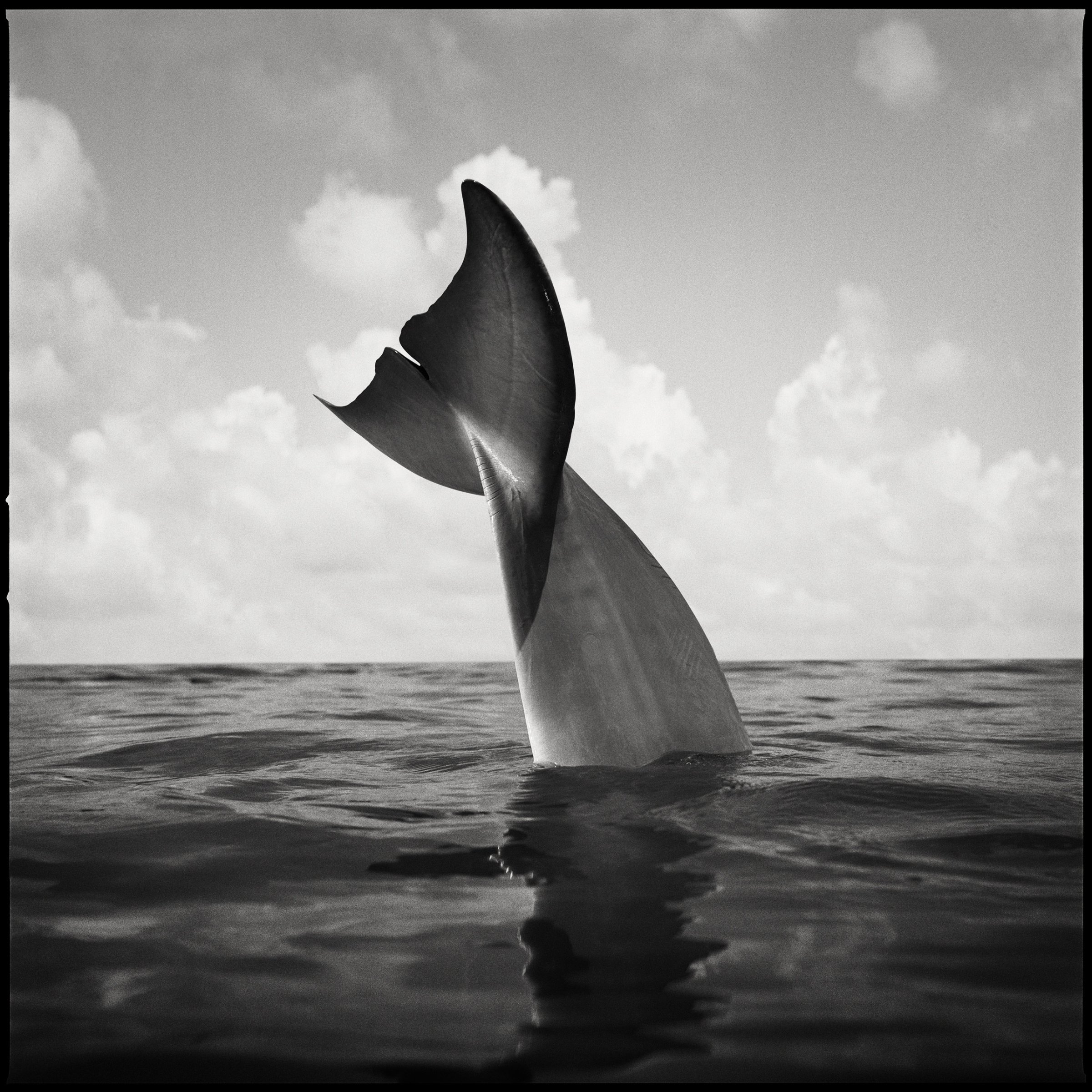
Photography is arguably the most contradictory art form. It can be objective but also intensely emotional. It’s immediate but not really complete until it’s been processed or edited. It claims to capture reality but in fact only captures a version of it. And caught at the center of this whirling identity crisis are two distinctly different mediums: digital and analog.
The birth of digital in the 1970s marked a revolution that threatened to leave analogue in the grainy dust. But despite lightning advances in technology, there has been a small and quiet resistance among amateurs and professionals, solidified by Kodak’s announcement this month that it’s bringing Ektachrome film back to life.
Nostalgia for the physical means film photography is easy to romanticize. But most professionals agree that it’s the tactile process not the idea of it that is most compelling. “For me there’s no romance,” photojournalist Rena Effendi tells TIME. “It is always about the work.” Though film may be something of a novelty to the Instagram-generation, for many photographers it’s simply what they’ve always known. “I have a deep affinity with shooting film,” says Dan Winters, known for his celebrity portraiture and scientific photography. “I love seeing that image appear through the chemistry and smelling the dark room chemicals; the smells of my childhood. That grounds me.” While Magnum photographer Paolo Pellegrin says film has more substance and depth: “It exists. As opposed to 0s and 1s.” David Benjamin Sherry, a photographer and artist who shoots, processes and prints his own work says the physicality of it is an extension of himself: “There’s a spirituality that’s connected to it. I go out to take the pictures and at the end of the day I’m by myself, alone with my thoughts, in the dark room. It becomes very meditative.”
Working with film requires a disciplined, considered approach. “You can make all these decisions without the camera. And then take a picture of it.” says Magnum photographer Max Pinckers. “And for me that works because I can make my decision and stick with it.” The serendipity of a moment that cannot be erased and the separation of the editing process not only demands a more thoughtful method but also frequently engenders “the perfect mistake.” Rather than discarding his errors, Pinckers, who shoots most of his work on film, celebrates these happy accidents. “I don’t review or learn from my mistakes – I use them,” he says. “The mistakes in the work very often function in a positive sense; they surprise you. With a digital camera the room for error is much smaller.” Jessica Dimmock, a documentary photojournalist, adds: “I think that there’s something a little more mindful and deliberate about film that’s really appealing and that’s part of the comeback. We can all get whatever we need on our phones anywhere at any time, there’s something really nice about removing photography from that immediate equation.”
This Is Why Film Photography Is Making a Comeback
Practicalities aside, there is no doubt in the minds of these practitioners that the aesthetic of film photography is far sexier than its digital sister. It may be the straightforward chemistry but the unexpected palette, the grain and dynamic range on offer all give personality and delicate nuance to the finished result. “I love the surprise colors of film. Each time I go to a country and take the same roll of film, I come back with a different palette of colors,” says Effendi. “Digital kind of evens it out but with film you really see colors of different countries.” Meanwhile, for portraitist Ryan Pfluger, shooting on a Mamiya RZ Pro II with Kodak Ektachrome film produces a “creamy ‘70s tone” that channels his fascination with memory and nostalgia. “Film gives me the ability to do a lot of subtle things that I can’t do digitally,” he explains. “You get that grain in the blacks and in your creamy whites .”
In the age of instant gratification, waiting for results for longer than a nano-second can seem impractical. But slowing down the process can produce surprising results. And for Pfluger, that’s the point. “To say that film is impractical because we need everything immediately, well there’s nothing immediate about photography,” he says. “It’s like why read a book or why write something down on paper, if it’s so impractical?” In a world already saturated with images, he believes that taking the time to be thoughtful about what you’re putting out is essential.
The Best Film Cameras You Can Buy Right Now
A slower, more considered approach also makes for a more thoughtful relationship with the subject. “It’s a more of a human experience for me when I work with my film camera,” says Effendi. “Whereas with digital I feel there is some sort of barrier between me and the person; the relationship between me and my camera becomes more prominent.” As a photojournalist, it also forces her to approach a news story from a different vantage point. She took her Rolleiflex to document the war between Georgia and Russia in 2008. “There were easily 400 other photographers covering the conflict,” she says. “But the slowness of the camera made me work in a different way, made me go to other places.” By working within these limitations, she ended up with portraits and intimate scenes rather than images of devastation.
If photography is a conversation between the cameraman and the subject, film provokes a far more fertile relationship. A film camera – especially the impressive-looking large format models – demand the attention of the sitter. “When I got Brad Pitt in front of the 4X5 camera, he and the entire set became very engaged,” Winters says. “There was a definite feeling that this was a big event.” Pfluger, who has shot everyone from Obama to Tilda Swinton, agrees that with studio shoots the atmosphere and process is more organic. “With film you have a certain pace with your work and that helps with the interaction,” he says. “There is certainly a different kind of respect. But for me it’s kind of an eye roll. I don’t want the thing about my work to be that you’re excited I’m shooting film.”
The Best Film For Every Photo Situations
The rich history of film photography can be a tantalizing — and for some, essential – element. LaToya Ruby Frazier, a photographer who focuses on topics of social and environmental justice, believes that it’s her responsibility as an artist to locate herself within the history and paradigm of her practice. “If I want my work to have a visual language that’s in conversation with the social documentary work of the 20th century then I need to use that medium and their tools,” she explains. “And so when my work stands next to a Walker Evans or a Gordon Parks in the museum, there’s a continuity. It’s about me respecting the practice and respecting the history.”
Creative control – or lack of – is what forces photographers to choose a certain camera over another. But for Magnum photographer Larry Towell, his best results come when shooting both film and digital simultaneously. For his recent project at Standing Rock he only shot black-and-white images but used a Sony Alpha a7R II and a Hasselblad XPan at the same time. “I find when I’m doing layouts, I’m combining digital and film formats on the same page. So that allows me to be more creative in terms of design,” he says. “Working them in combination fits more with my aesthetic these days.” Towell has no plans to abandon film completely because “well, film’s just better” but combining the two mediums gives him more options and consequently more control.
For the dedicated film club, shooting analogue is part of their DNA and the intoxicating authenticity is beyond compare. But ultimately, says Winters, “a great image is a great image, regardless of what it is shot on.”
Alexandra Genova is a writer and contributor for TIME LightBox. Follow her on Twitter and Instagram.
Follow TIME LightBox on Facebook, Twitter and Instagram.
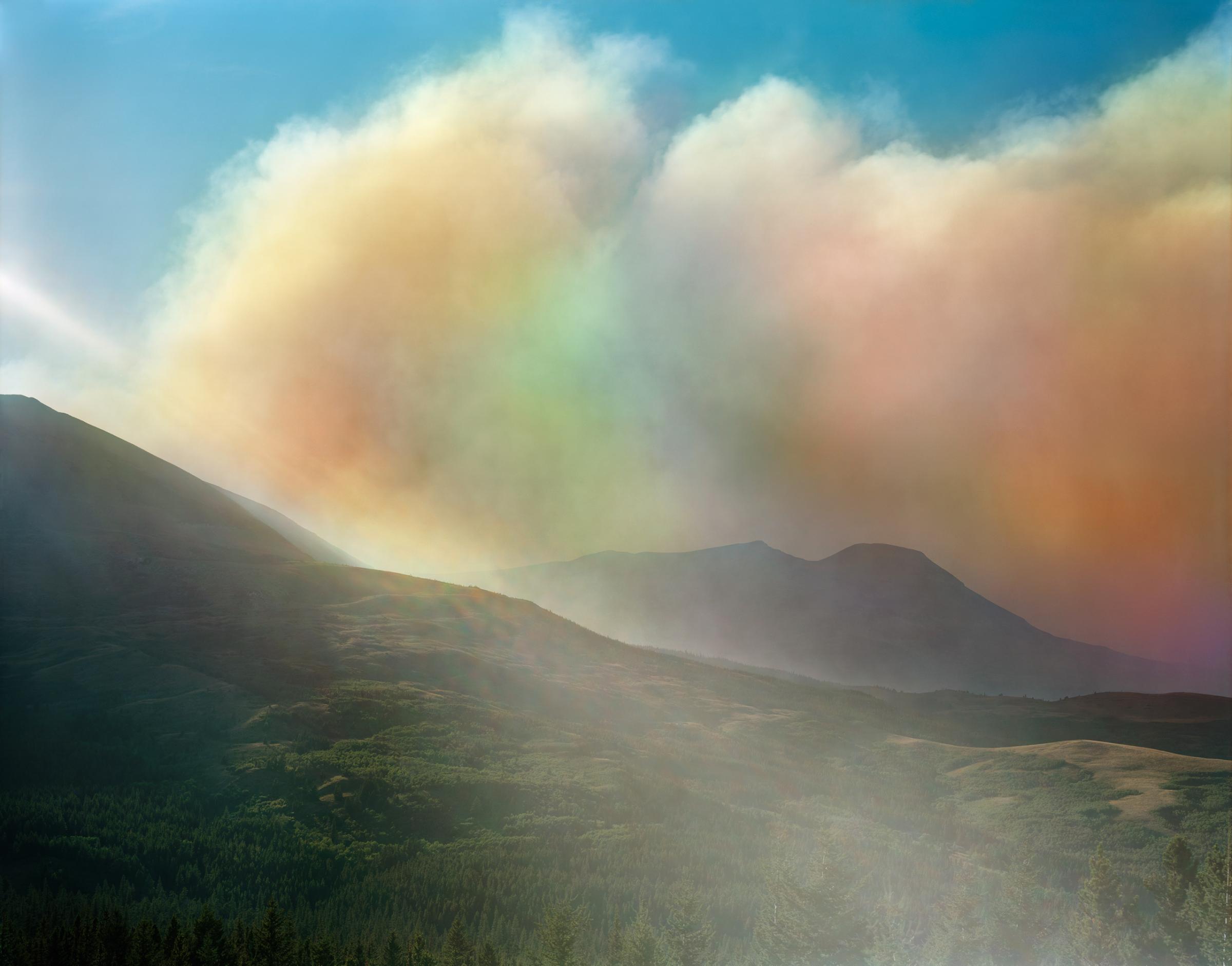
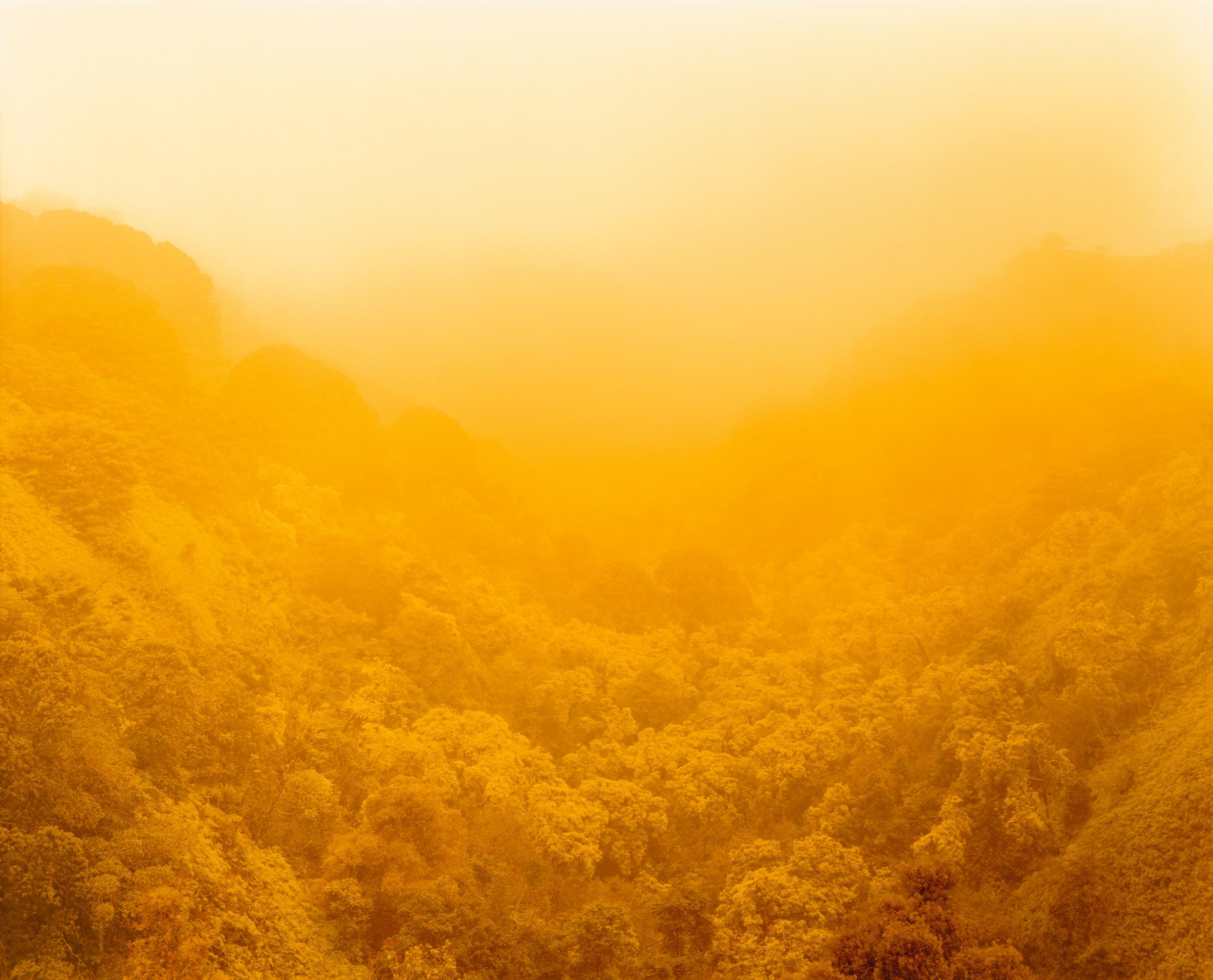
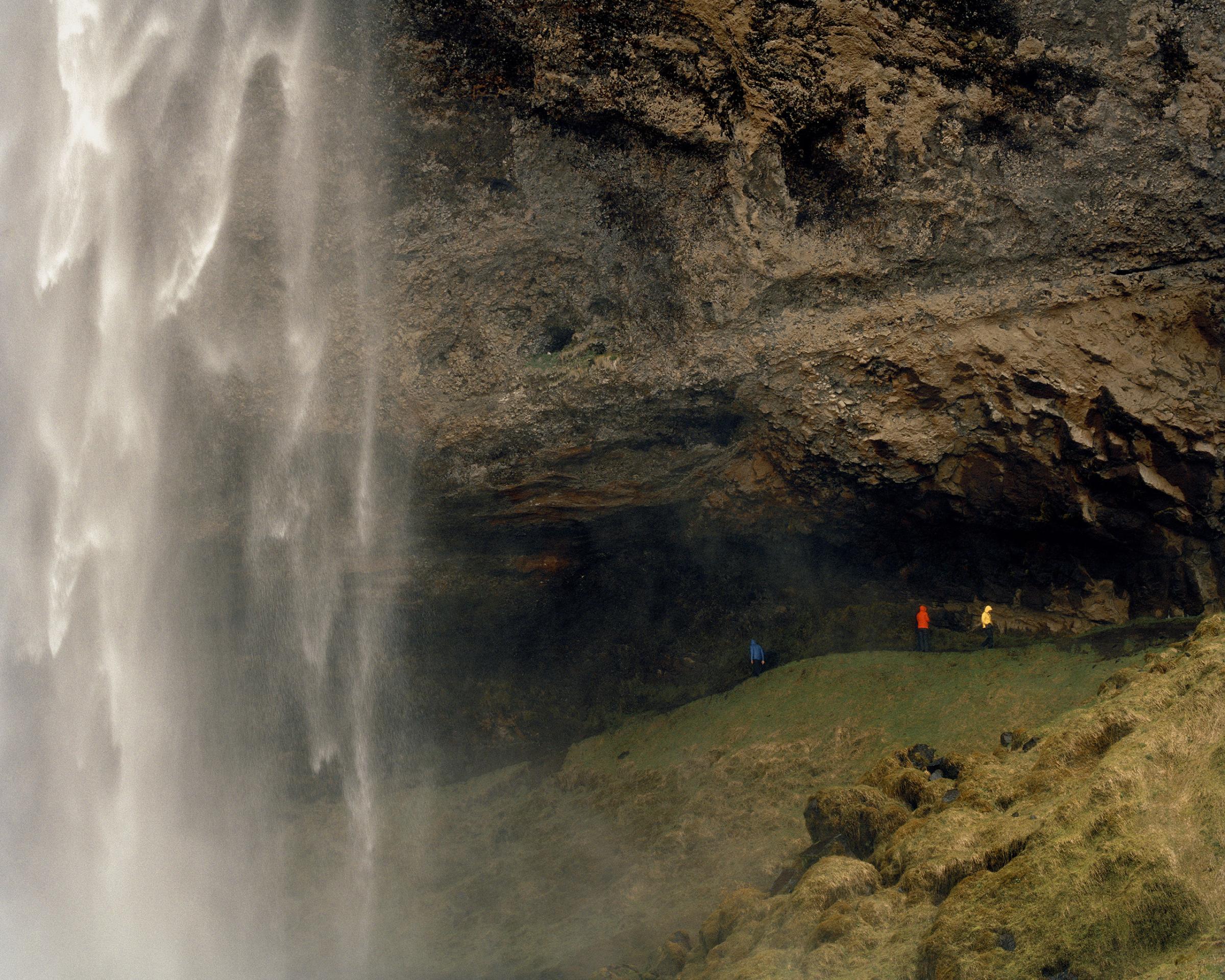
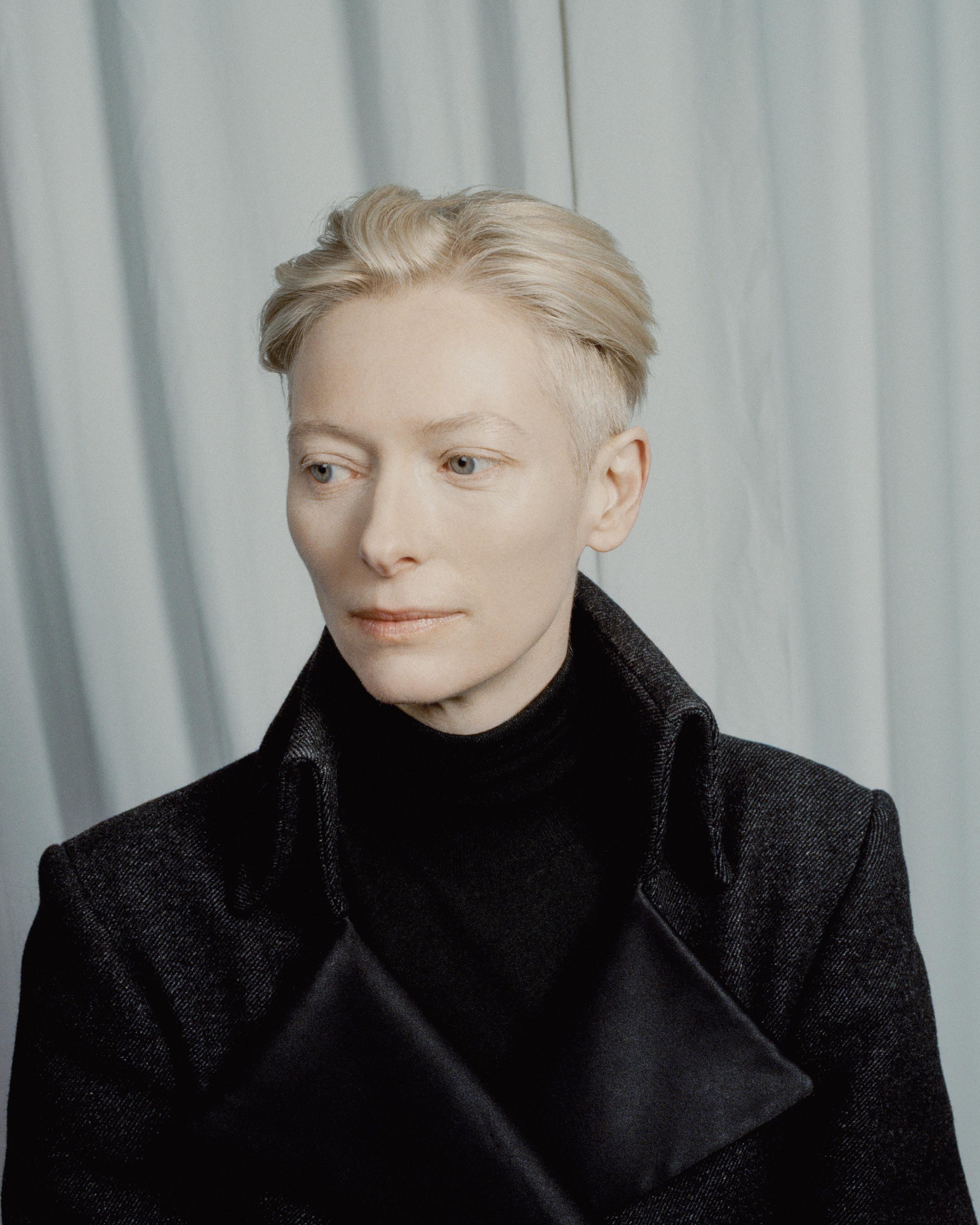
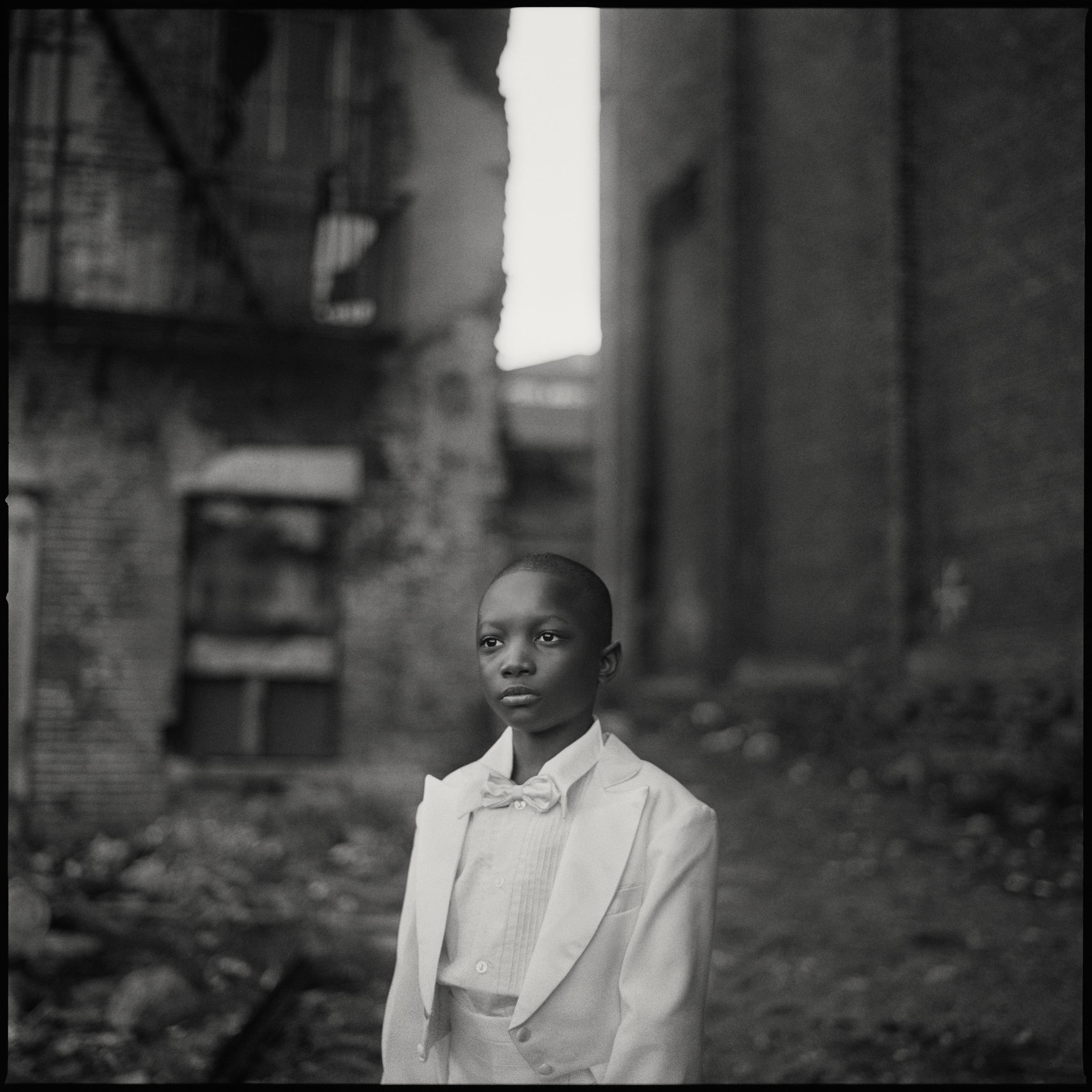
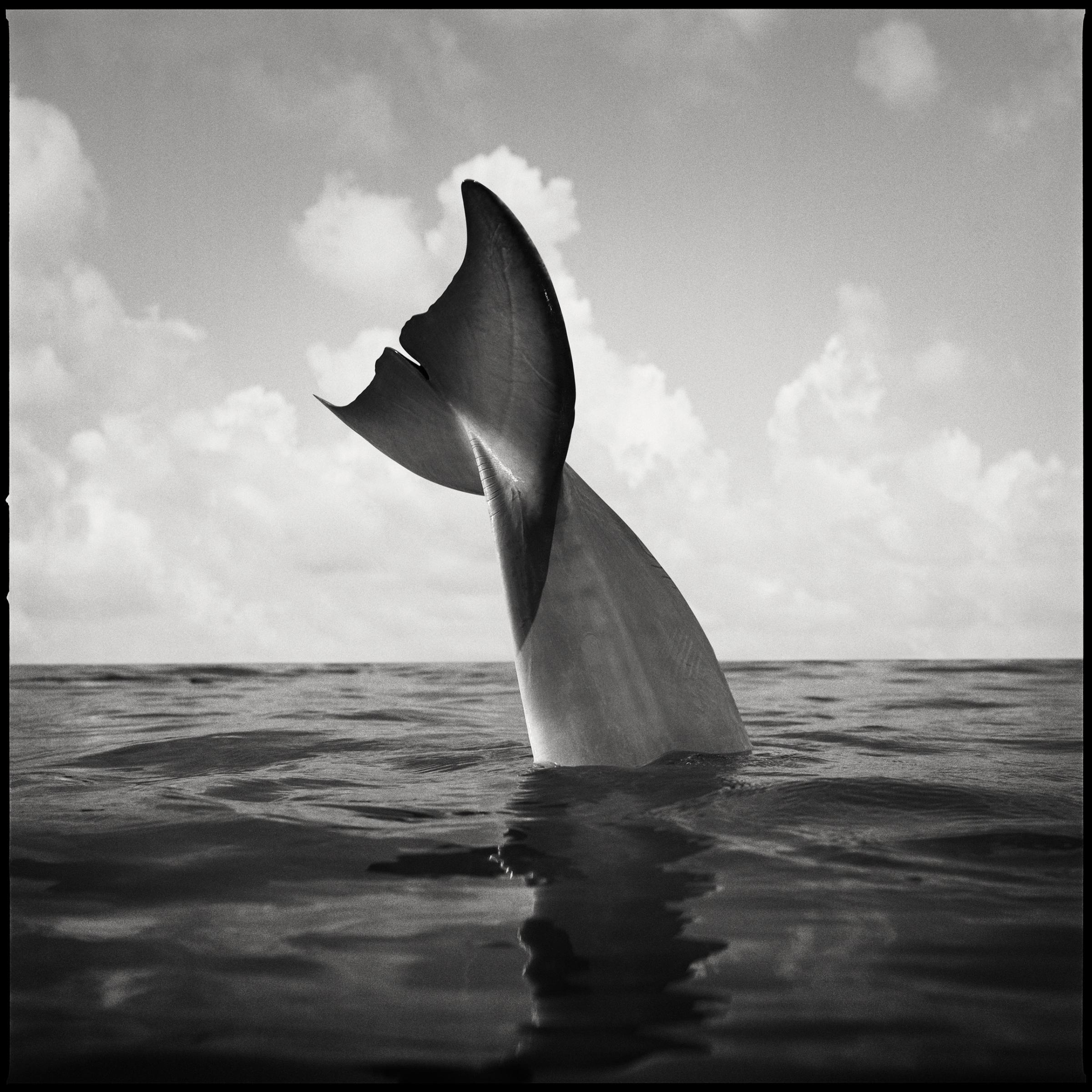
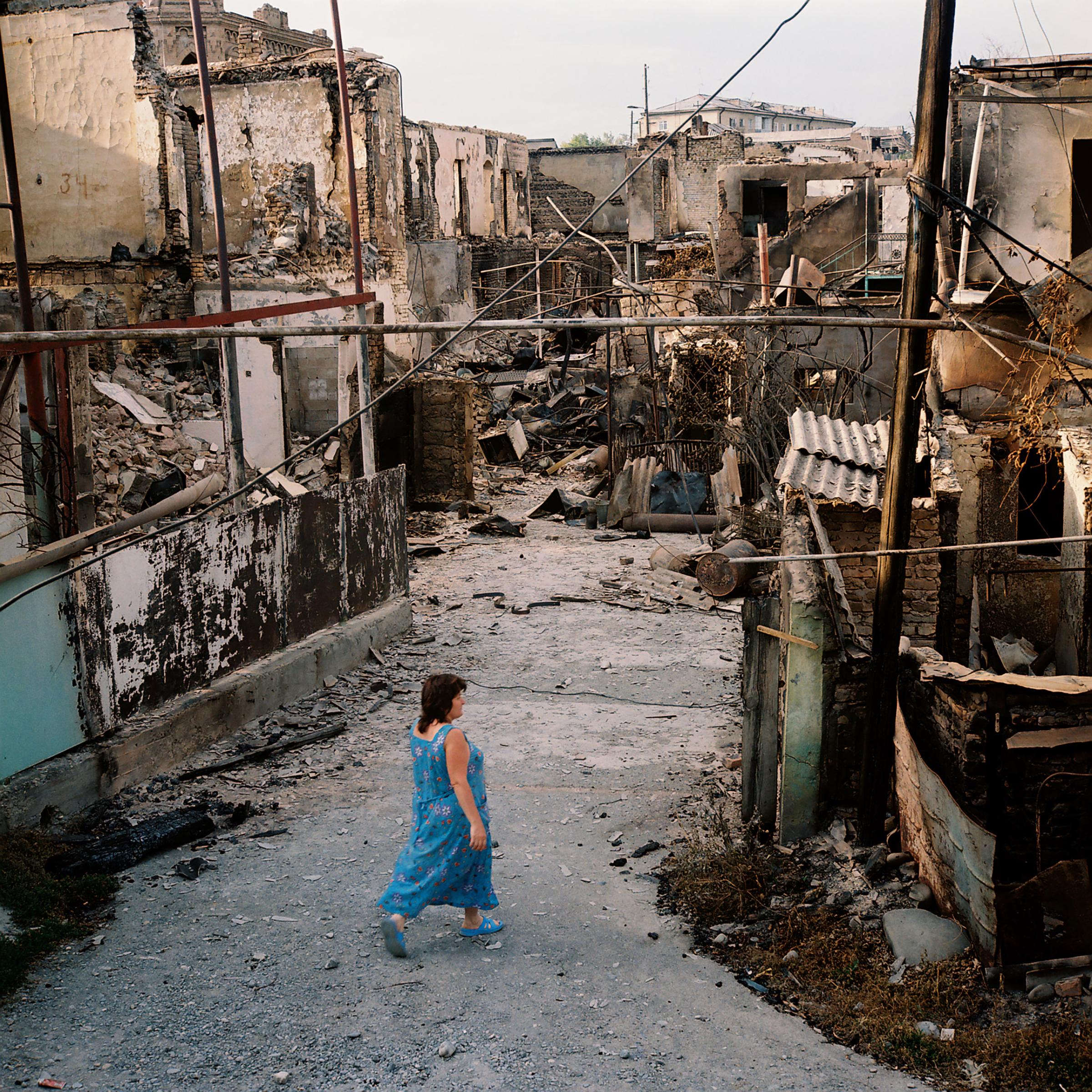
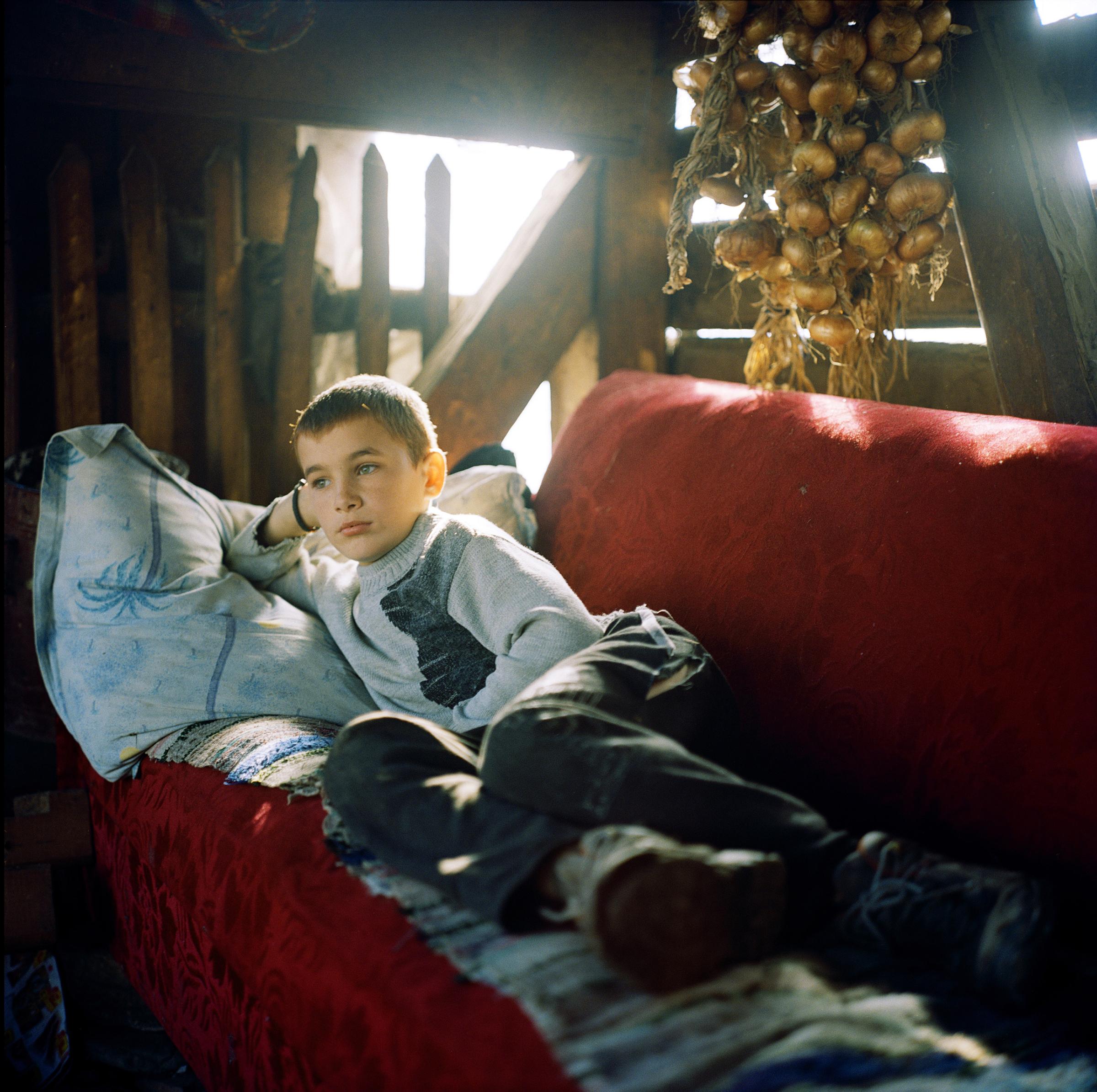
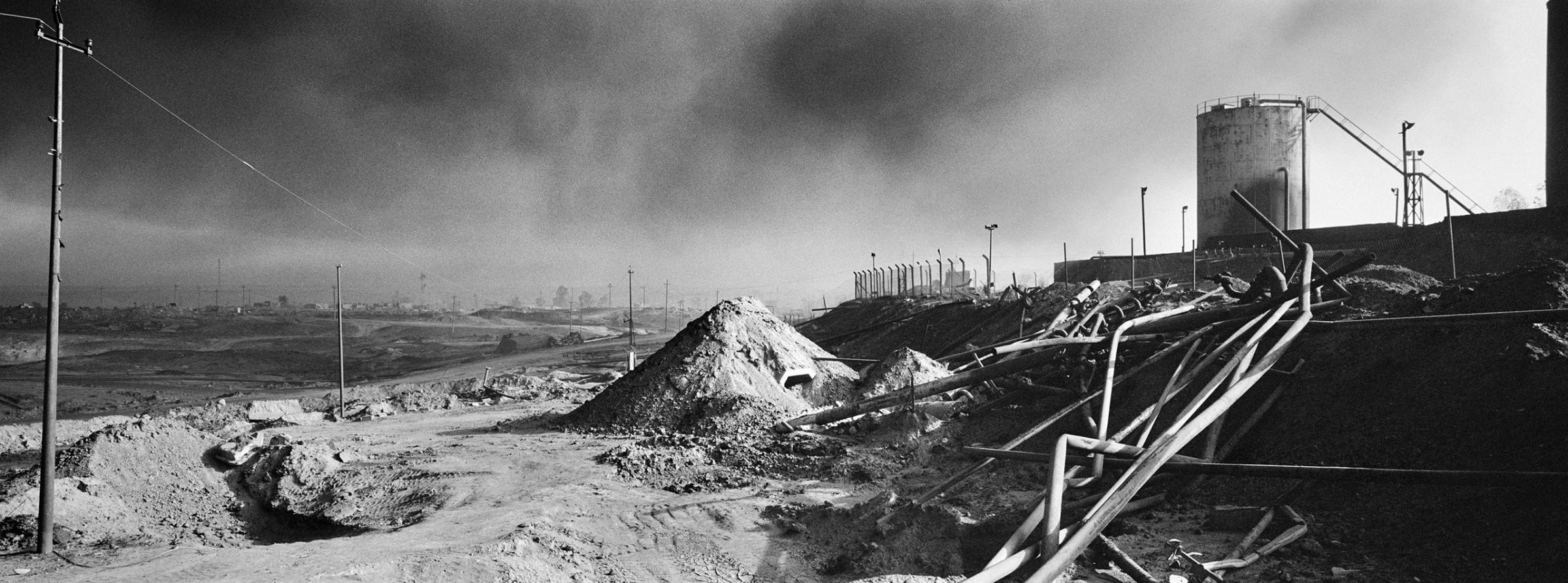

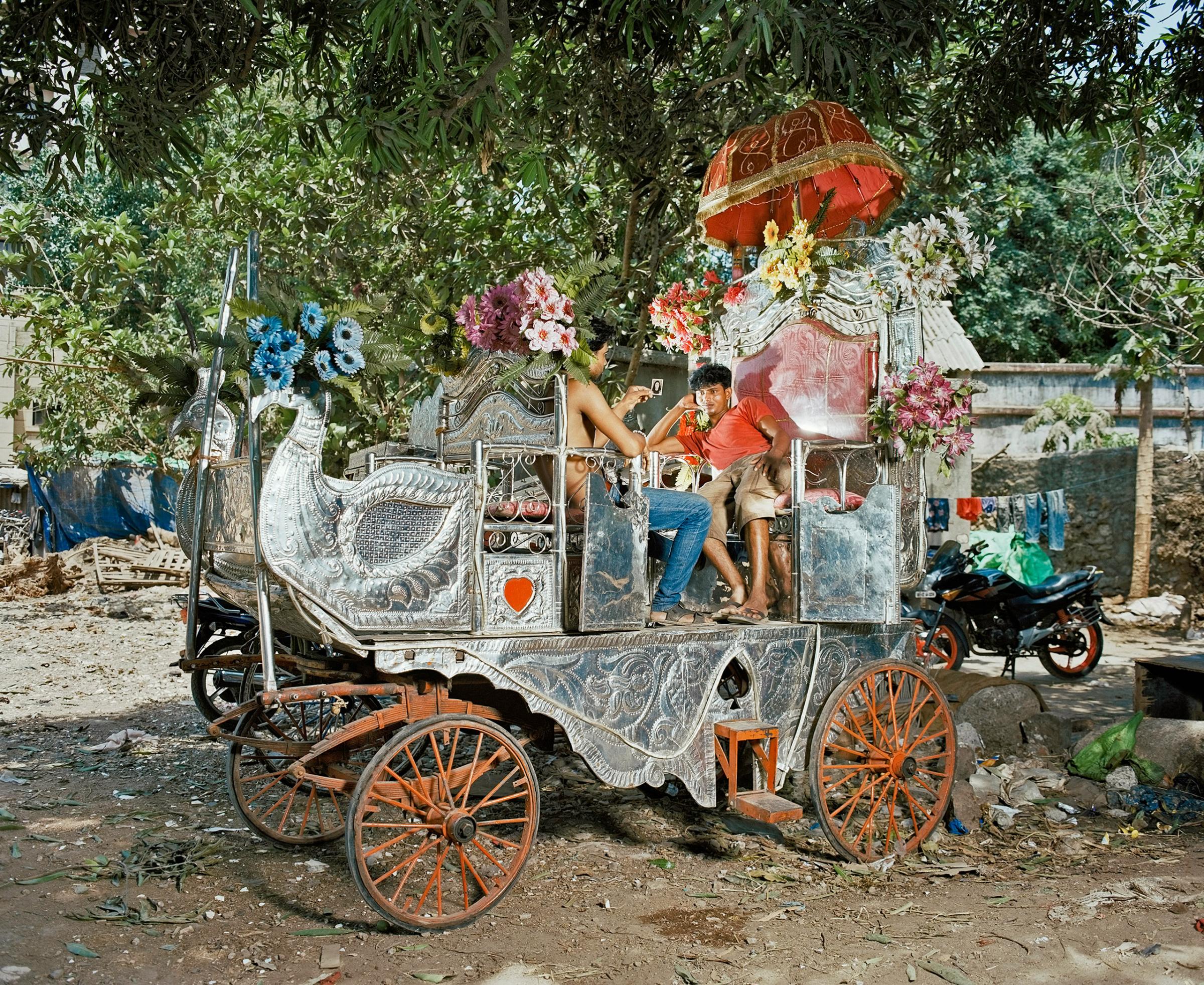
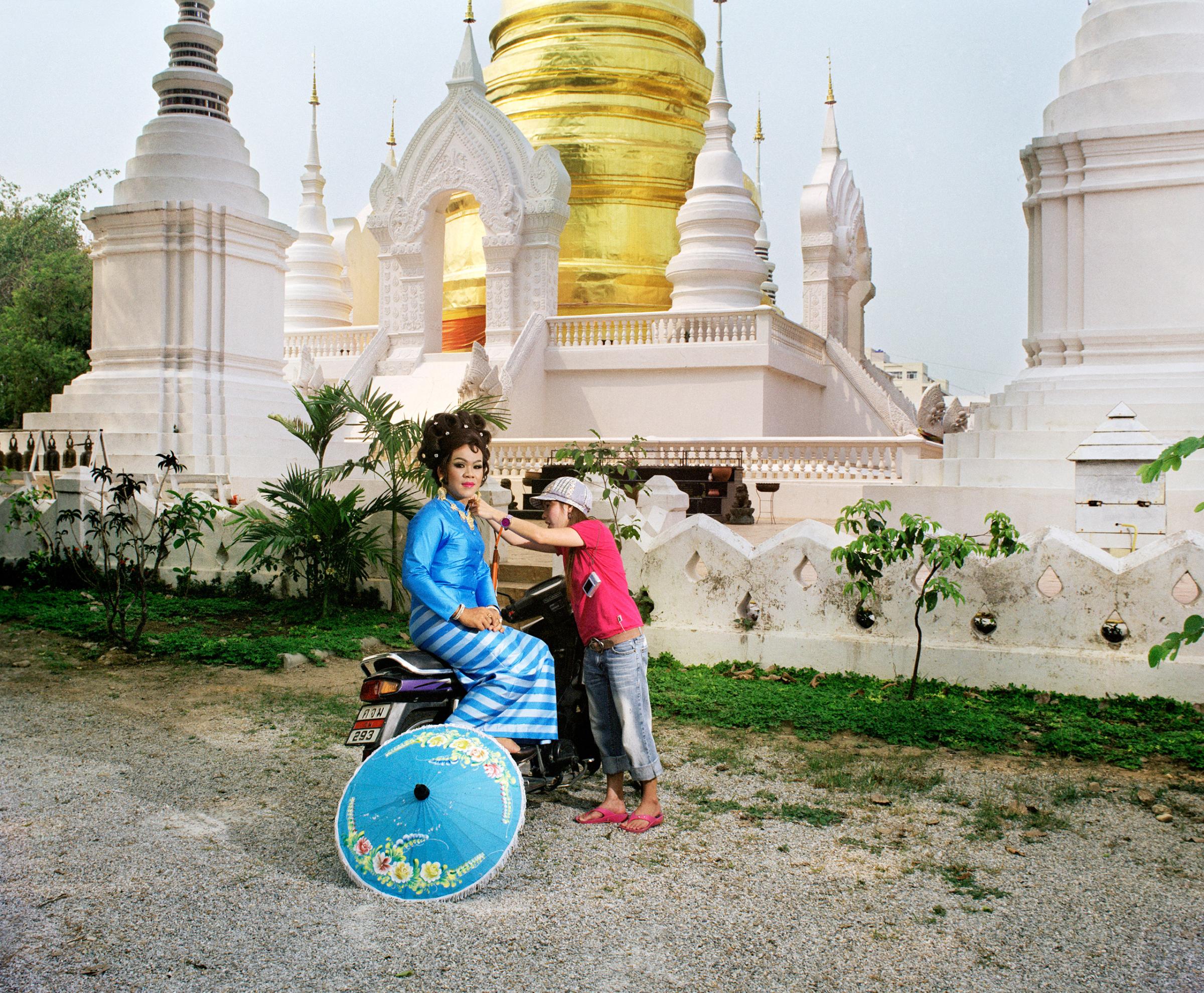
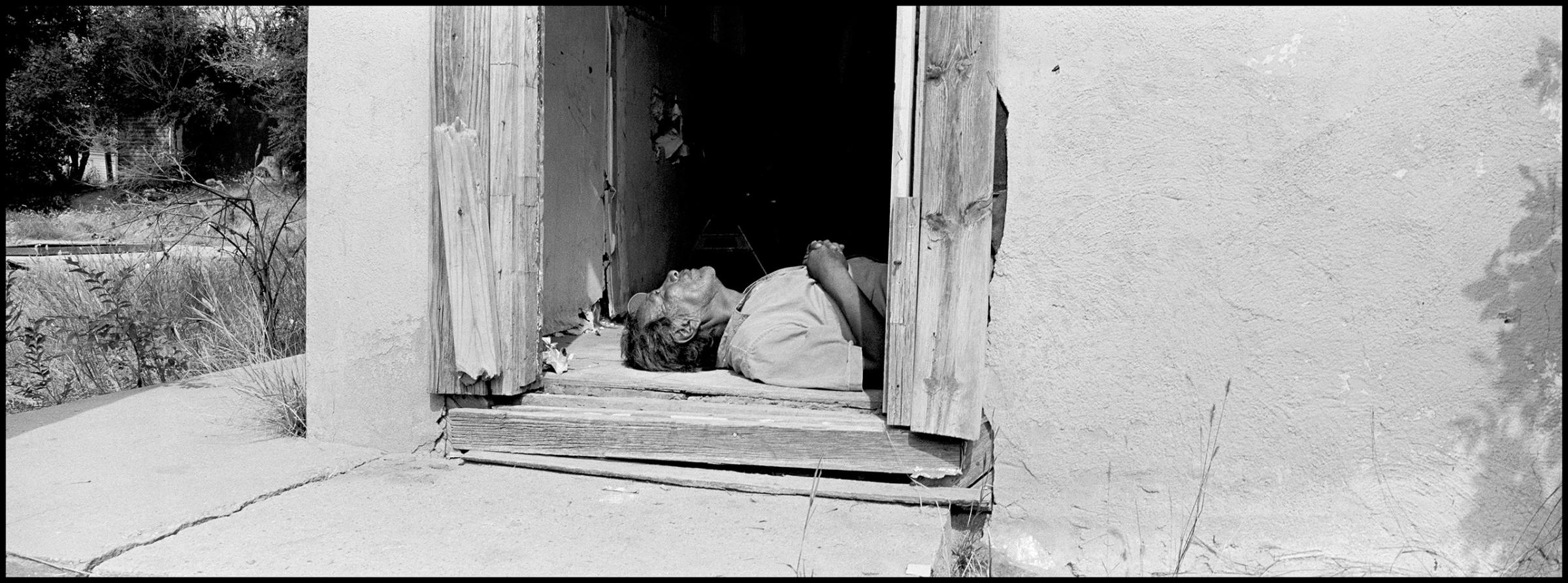
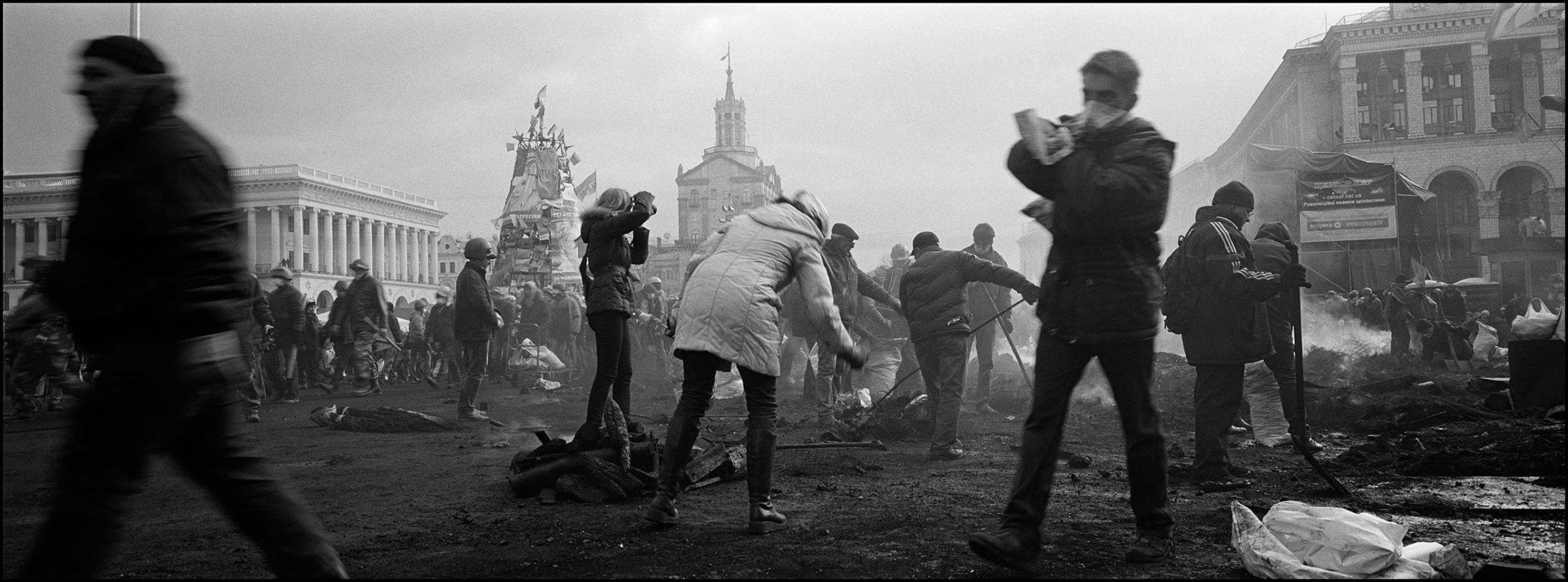
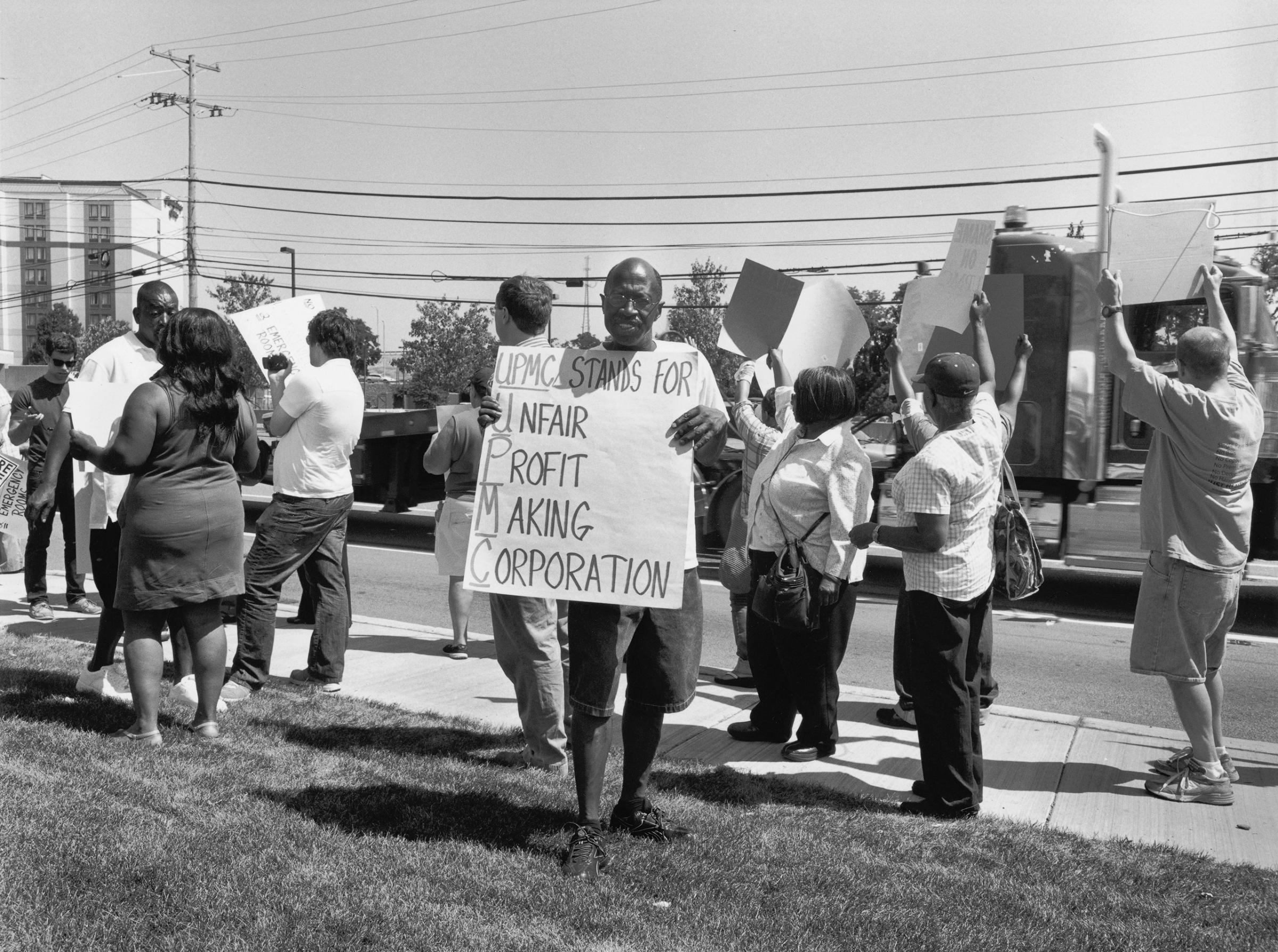
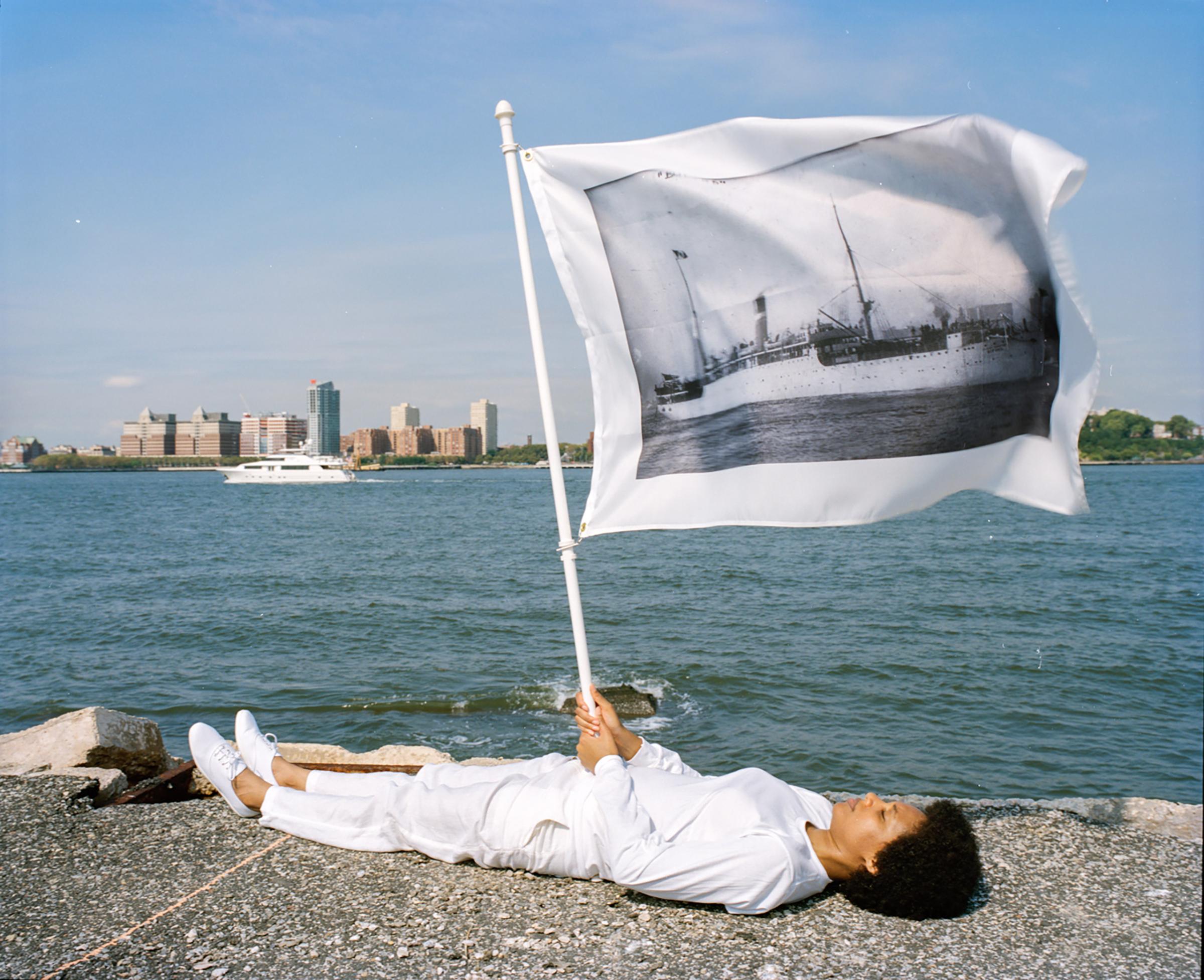
More Must-Reads from TIME
- How Donald Trump Won
- The Best Inventions of 2024
- Why Sleep Is the Key to Living Longer
- Robert Zemeckis Just Wants to Move You
- How to Break 8 Toxic Communication Habits
- Nicola Coughlan Bet on Herself—And Won
- Why Vinegar Is So Good for You
- Meet TIME's Newest Class of Next Generation Leaders
Contact us at letters@time.com